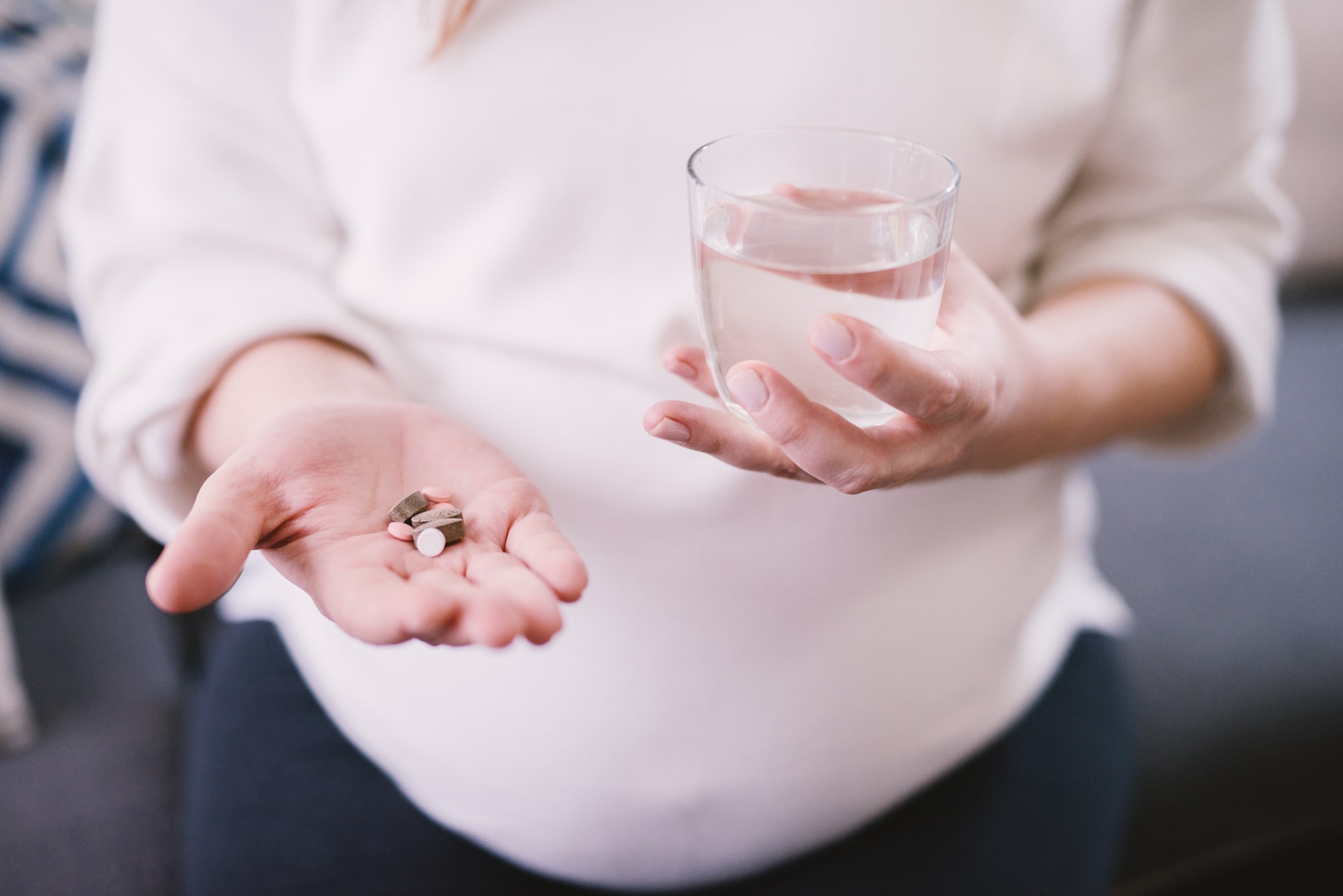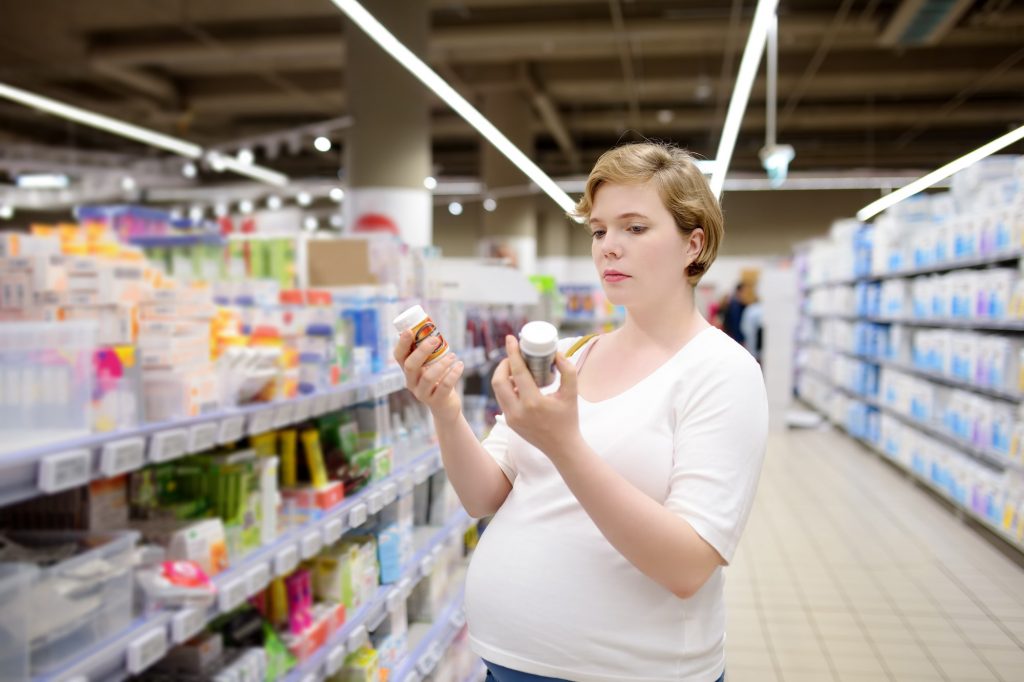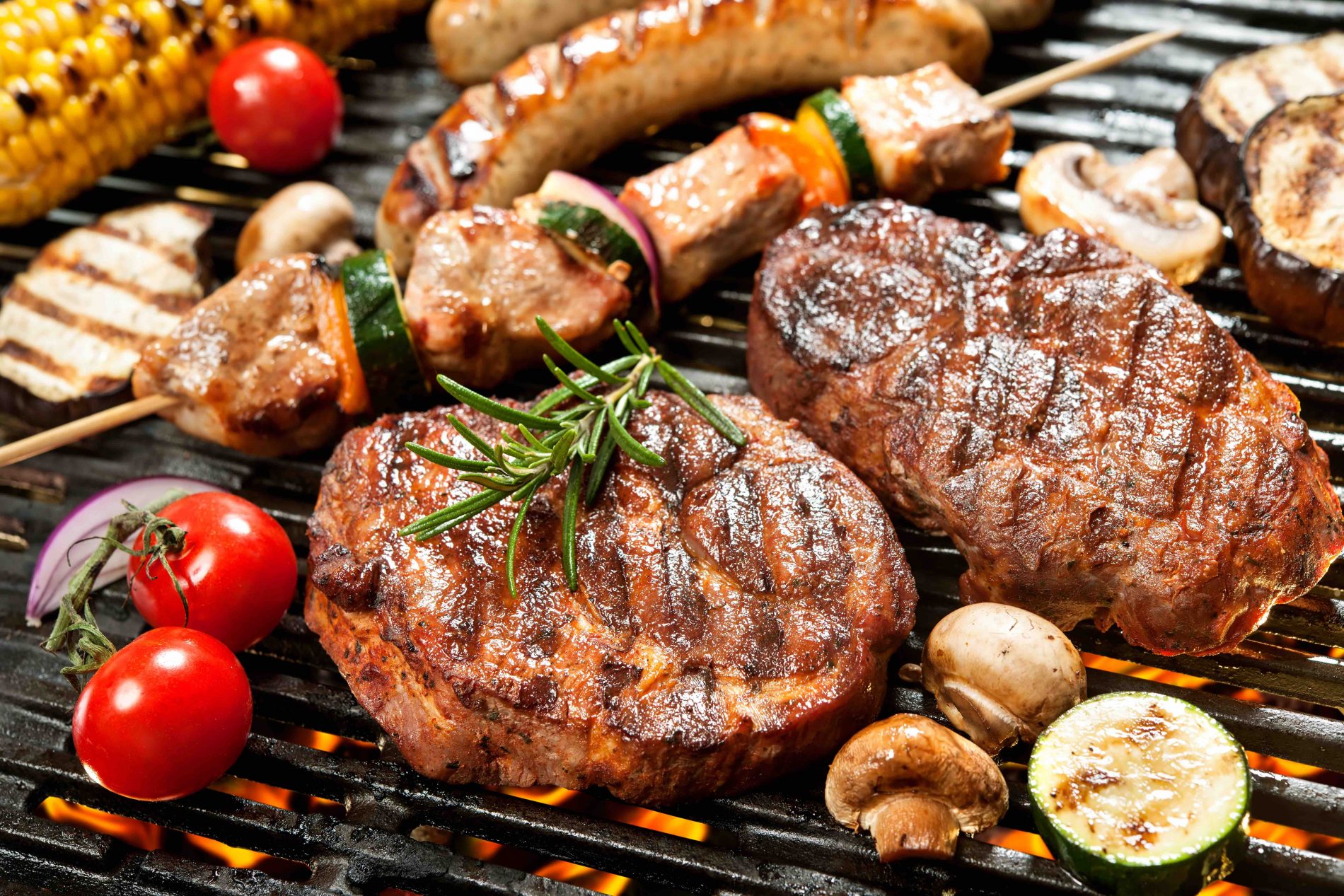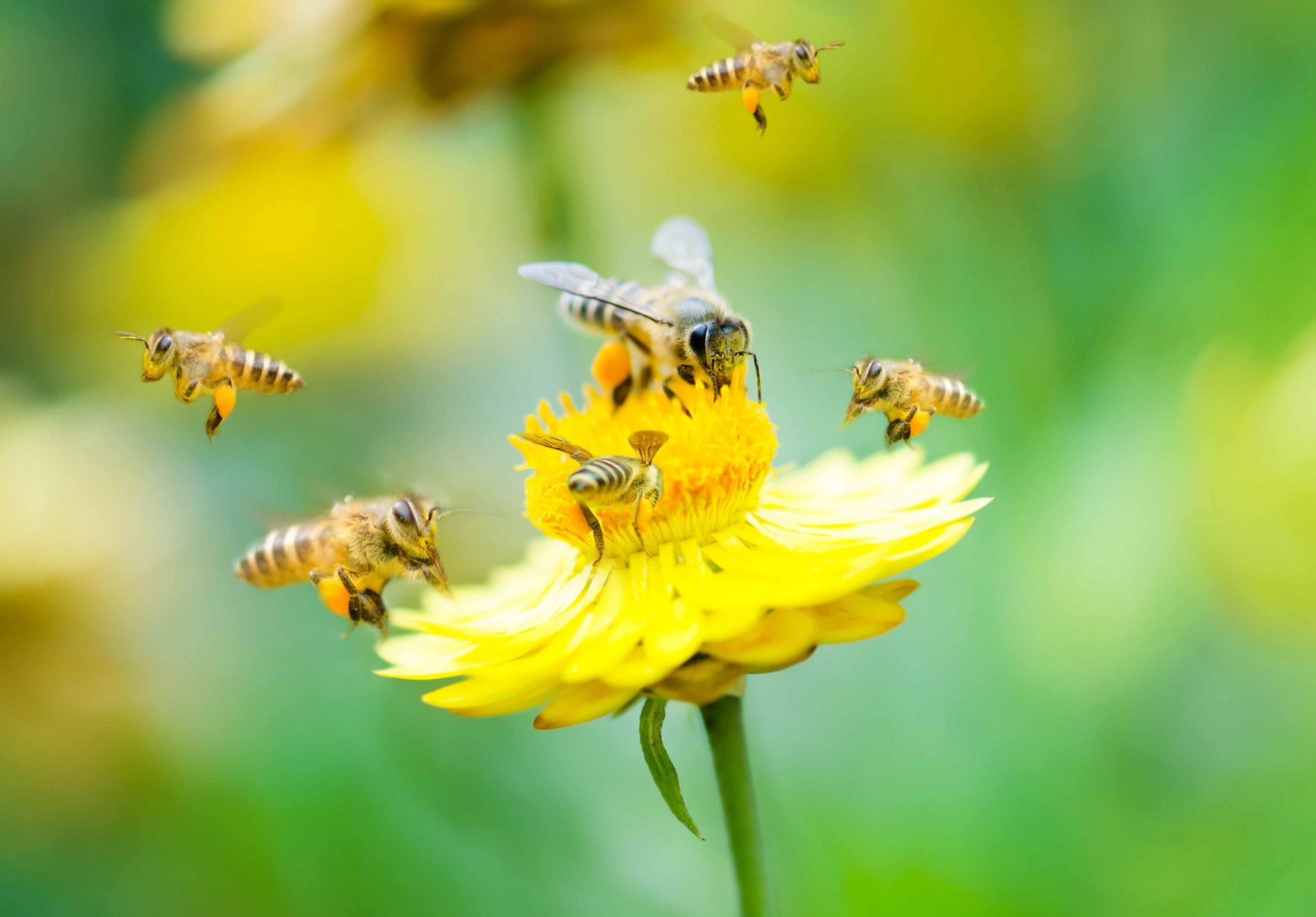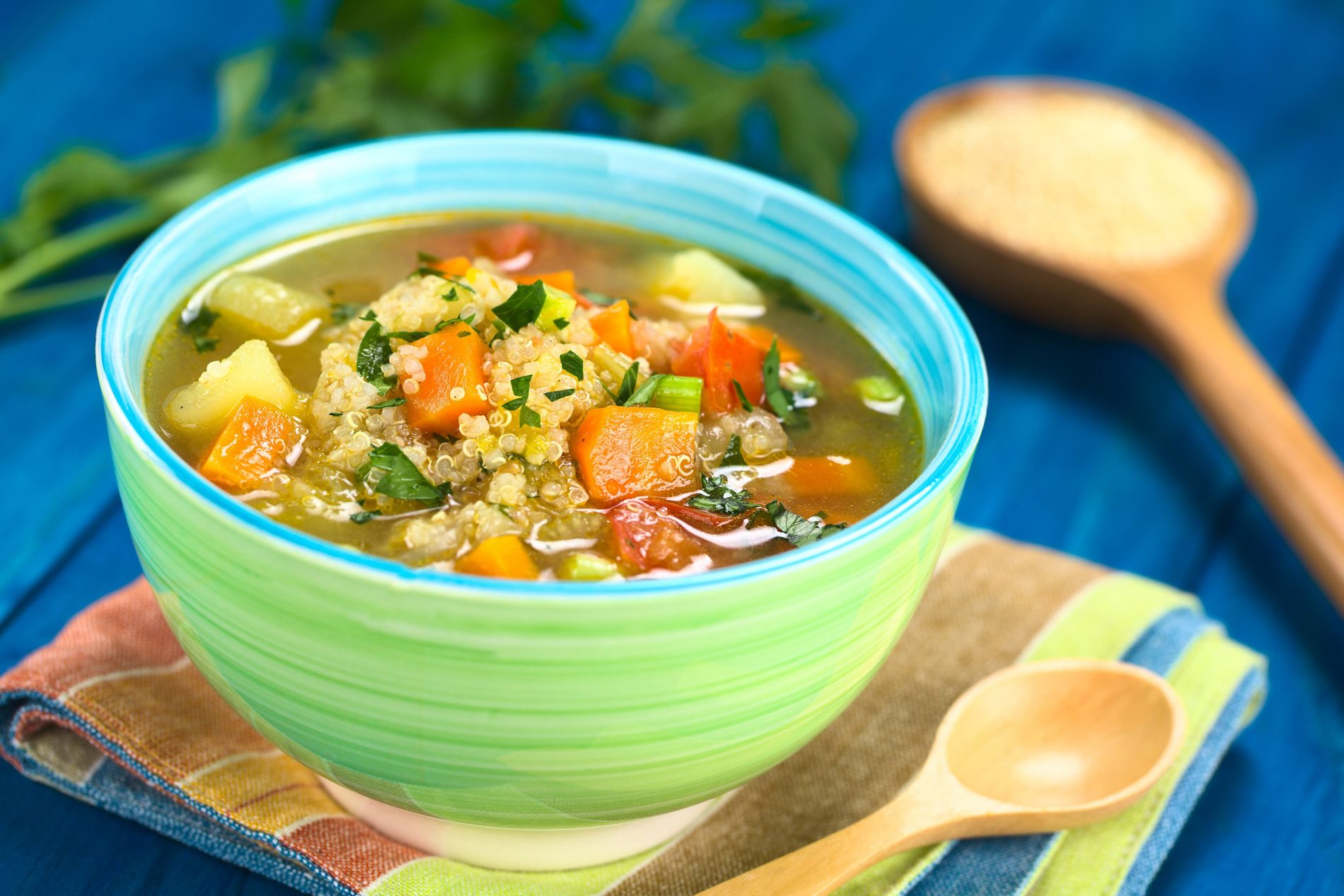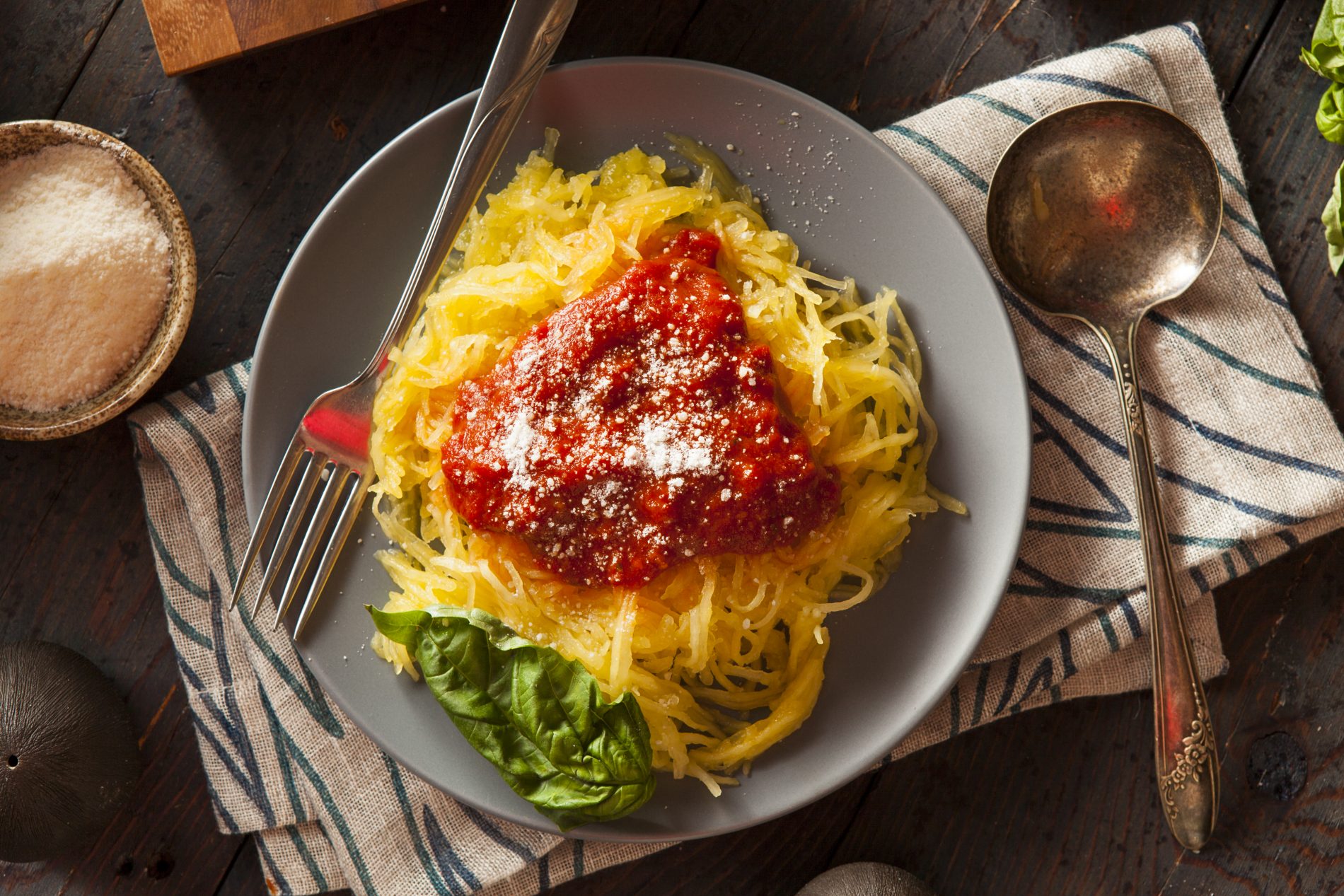We have always been told to take vitamins and minerals but why? And how do we know what we need? How do we know that we are getting quality products? Theses are all important questions, and we are going to take a look at these questions and try to answer them.
Why do we need vitamins and minerals?
This is the simple part of the puzzle. We need vitamins and minerals for the health functioning of our mind and body. Every system of our body: skin, bones, muscles, blood, nerves, brain and so many more requires these raw materials because the body can’t produce sufficient amounts on its own. So, we get these raw materials from our food.
A healthy balanced diet should supply us with the nutrients our body and mind need. But there are a few things that could prevent us from getting all the nutrients we need. Let’s look at a few,
Cooking Methods
Cooking can improve the absorption of some foods while other foods lose their nutrients if they are cooked. But it also depends on how the food is cooked. For example, the protein in cooked eggs is 180% more digestible than that of raw eggs. Nutrients reduced from cooking:
- water-soluble vitamins: vitamin C and the B vitamins — thiamine (B1), riboflavin (B2), niacin (B3), pantothenic acid (B5), pyridoxine (B6), folic acid (B9), and cobalamin (B12)
- fat-soluble vitamins: vitamins A, D, E, and K
- minerals: primarily potassium, magnesium, sodium, and calcium
Boiling, simmering or poaching reduces water-soluble vitamins C and B. However, if the water is consumed then the vitamins are retained. Grilling or broiling causes a loss of B vitamins because the nutrient rich juice drips off the meat. Roasting and baking result in less of a loss of vitamin C but because of the high heat and longer cooking times, vitamin B is reduced by %40. Sautéing and stir-frying improve the absorption of fat-soluble vitamins and some plant compounds, but they decrease the amount of vitamin C in vegetables. Frying makes food taste delicious, and it can provide some benefits when healthy oils are used. It’s best to avoid frying fatty fish and minimize the frying time of other foods. Steaming is one of the best cooking methods for preserving nutrients, including water-soluble vitamins. Here are some cooking tips to maximize nutrient retention cited from healtline.com:
- Use as little water as possible when poaching or boiling.
- Consume the liquid left in the pan after cooking vegetables.
- Add back juices from meat that drip into the pan.
- Don’t peel vegetables until after cooking them. Better yet, don’t peel at all to maximize their fiber and nutrient density.
- Cook vegetables in smaller amounts of water to reduce the loss of vitamin C and B vitamins.
- Try to eat any cooked vegetables within a day or two, as their vitamin C content may continue to decline when the cooked food is exposed to air.
- Cut food after — rather than before — cooking, if possible. When food is cooked whole, less of it is exposed to heat and water.
- Cook vegetables for only a few minutes whenever possible.
- When cooking meat, poultry, and fish, use the shortest cooking time needed for safe consumption.
- Don’t use baking soda when cooking vegetables. Although it helps maintain color, vitamin C will be lost in the alkaline environment produced by baking soda.
Can we absorb the nutrients?
There are some conditions or diseases that could cause malabsorption of nutrients. Here’s what CentreSpringMD had to say “Having a weak gut lining, food allergies, microbiome imbalances such as bacterial overgrowth, damage to the intestines from infection, surgery, pancreatic insufficiency, autoimmune disease–all of these are possible causes that lead to poor nutrient absorption. Pair that with the possibilities of our foods not having optimal nutrient levels due poor soil quality, other environmental factors, and it is not difficult to see how nutrient deficiencies are pervasive in today’s world.
Often people go years with subclinical deficiencies that lead to an array of symptoms. Hair loss, brain fog, chronic fatigue, these are just a few! Prolonged or frequent use of antibiotics can alter the terrain of the gut in a way that leads to nutrient malabsorption.
And of course, our infamous friend named stress is well known to slow digestion and significantly alter the microbiome… thereby negatively impacting digestion and immunity (remember how the gut houses a huge percentage of your immune system?!)”. To ensure your body gets the vitamins it needs, consider scheduling a Vitamin IV in Nashville. These treatments supply vitamins directly to the bloodstream, bypassing the digestive system, so the body can begin using them right away.
Growing conditions of our food
According to one article sited “fruits and vegetables grown decades ago were much richer in vitamins and minerals than the varieties most of us get today. The main culprit in this disturbing nutritional trend is soil depletion: Modern intensive agricultural methods have stripped increasing amounts of nutrients from the soil in which the food we eat grows. Sadly, each successive generation of fast-growing, pest-resistant carrot is truly less good for you than the one before.” And according to several studies this decline in nutrients is measurable
What can be done? The key to healthier produce is healthier soil. Alternating fields between growing seasons to give land time to restore would be one important step. Also, foregoing pesticides and fertilizers in favor of organic growing methods is good for the soil, the produce and its consumers. Those who want to get the most nutritious fruits and vegetables should buy regularly from local organic farmers.
What to look for when buying vitamins
Now that we’ve taken a look at the reasons why we might need to take supplemental vitamins and minerals, perhaps we should learn a little about shopping for them since the market is vast so how do we know what to buy?
Vitamin and mineral supplements are subject to fairly limited regulation by the FDA. To ensure the safety and accuracy of a product, look for supplements that have been certified by a third-party testing organization
Taking supplements should be done under the supervision of a healthcare practitioner. Depending on the type and level of ingredients, there are risks of side effects, toxicity, and interactions with drugs, foods, and alcohol. Additionally, supplements are not guaranteed to be effective.
You’ll want to look for supplements that adhere to any dietary restrictions you may have. How often you need to take the supplement, as well as its form, such as capsules or chewable gummies, should also be considered.
https://www.helpguide.org/harvard/vitamins-and-minerals.html
https://www.scientificamerican.com/article/soil-depletion-and-nutrition-loss/
https://www.ncbi.nlm.nih.gov/pmc/articles/PMC6049644/
https://www.healthline.com/nutrition/cooking-nutrient-content#cooking-amp-nutrients
https://centrespringmd.com/what-causes-poor-absorption-of-nutrients/
https://www.healthline.com/nutrition/how-to-choose-high-quality-vitamins-and-supplements#regulation
As a retired registered massage therapist, I’ve always been interested in health. I grew up loving sports so that carried into my adult life in my chosen career paths and in my personal life. I now stay active with weight training, hiking and biking. My professional life has always been in health care. This has inspired me to seek out and adopt a life of natural health and wellness.


